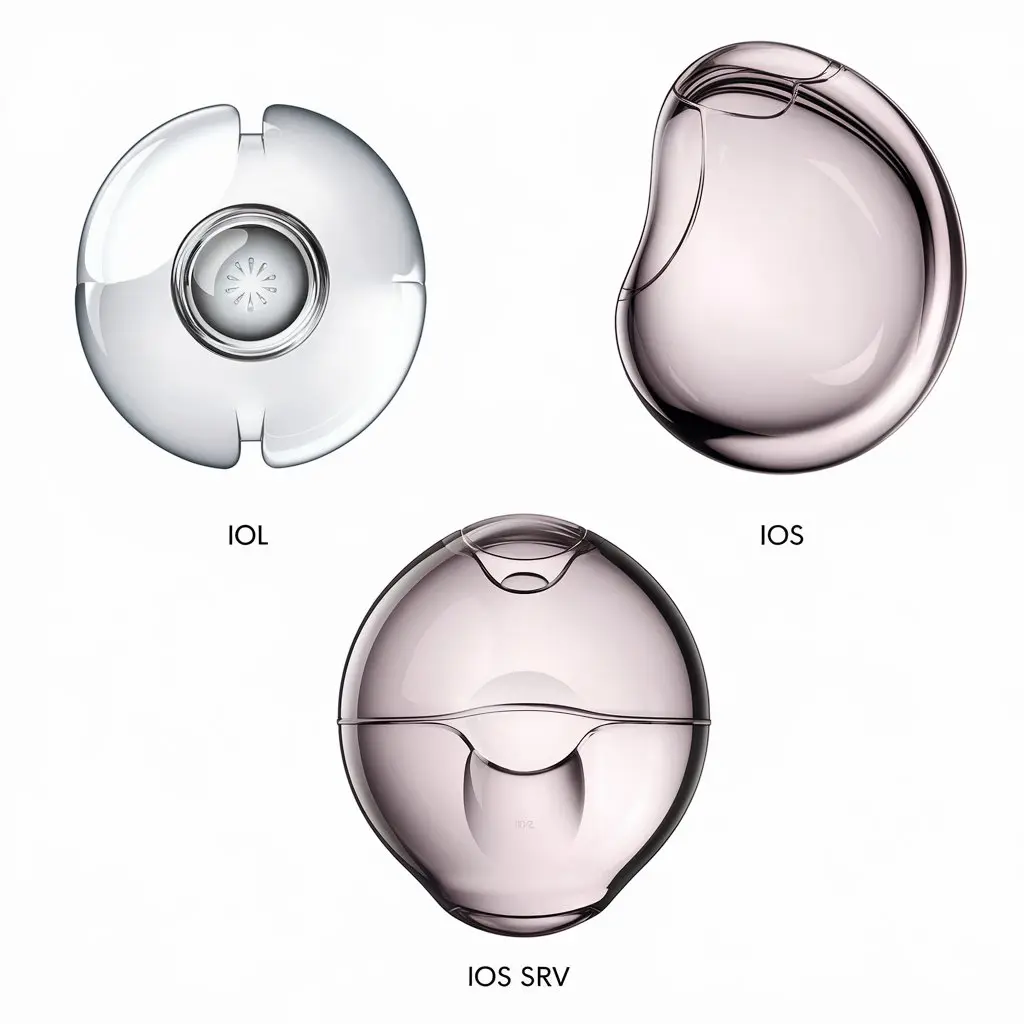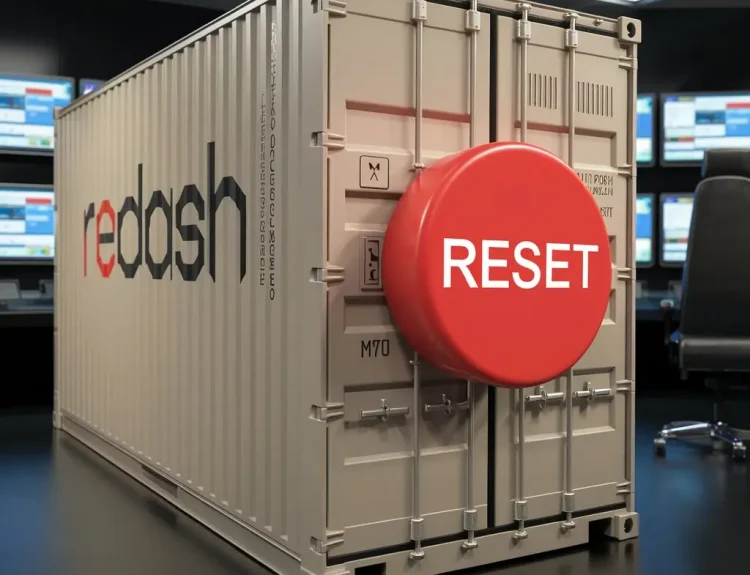When diving into the world of technology, it’s easy to feel overwhelmed by all the abbreviations. Among them are IOL, IOS, and IOS SRV QUI. These terms may sound similar, but they refer to different aspects of technology, particularly in operating systems, network protocols, and server management. In this article, we’ll break down the key differences between IOL, IOS, and IOS SRV QUI. Understanding these differences will help you navigate technology more easily.
What is IOL?
IOL stands for Internetwork Operating System Simulator. It is an emulator used by Cisco for internal testing and development. If you’re familiar with Cisco networking devices, you know that the company uses a variety of tools to simulate network behavior. IOL plays a crucial role in this process.
Unlike traditional simulators, IOL doesn’t require hardware to run. This makes it a cost-effective tool for testing different network configurations. It simulates network devices and runs the same Cisco IOS that the real devices use. However, IOL is only available to Cisco employees and authorized partners. If you are outside of this circle, you won’t have access to IOL.
What is IOS?
IOS, or Internetwork Operating System, is Cisco’s proprietary network operating system. It powers a wide range of Cisco routers and switches. IOS enables these devices to route traffic, manage data, and perform various networking functions. As one of the most widely used network operating systems, IOS is known for its stability and reliability.
You’ll find IOS in many enterprise environments where robust network solutions are needed. The system’s architecture allows it to be scalable, handling everything from small office networks to global data centers. Its feature-rich design includes security protocols, routing mechanisms, and network management tools.
IOS has evolved over time, with regular updates introducing new features and security patches. As technology changes, IOS adapts to meet the needs of modern networks.
What is IOS SRV QUI?
Now, let’s break down IOS SRV QUI. This term refers to a specialized configuration of IOS focused on server management and services. While IOS is primarily used for routing and switching, IOS SRV QUI enhances its functionality to handle more advanced server operations.
With IOS SRV QUI, you can integrate routing and server management more efficiently. It offers specialized tools for managing traffic, optimizing server performance, and ensuring security. This makes it ideal for businesses that need seamless integration between their networking infrastructure and server systems.
IOS SRV QUI stands out because of its ability to provide Quality of Service (QoS) features. These features ensure that your network prioritizes essential traffic, making it easier to manage bandwidth and resources. Whether you’re streaming high-quality video or running critical applications, IOS SRV QUI can handle it without compromising performance.
Key Differences Between IOL, IOS, and IOS SRV QUI
Now that you understand what each term means, let’s compare them directly. The main difference between IOL, IOS, and IOS SRV QUI lies in their application and function. While they share a common base in Cisco’s technology ecosystem, their use cases differ significantly.
- IOL is strictly an emulator for Cisco devices. You’ll use it for testing and development, but it’s not a real operating system for hardware devices.
- IOS, on the other hand, is a fully-fledged operating system. It runs on Cisco routers and switches in real-world environments. IOS handles network management, routing, and security, making it an essential tool in enterprise networks.
- IOS SRV QUI takes IOS a step further by focusing on server-specific tasks. It combines network management with advanced server functionalities, ensuring high performance and QoS for critical applications.
The differences are clear when considering your needs. If you’re a developer or network engineer working within Cisco’s ecosystem, IOL might be useful for testing. However, if you’re managing live network environments, IOS and IOS SRV QUI are more applicable.
Where Are These Technologies Used?
IOL is used internally by Cisco engineers for development and testing. Since it’s not accessible to the general public, it has a limited scope. You won’t find IOL in commercial products or network solutions.
IOS is the backbone of Cisco’s hardware. It’s deployed in a variety of environments, including small businesses, large corporations, and data centers. Many enterprise networks rely on IOS for its security, flexibility, and scalability.
IOS SRV QUI is tailored for environments that need advanced server management. Businesses that need both networking and server integration benefit the most from IOS SRV QUI. Its ability to prioritize network traffic and enhance server performance makes it a favorite in industries where uptime and speed are critical.
Transitioning from IOL to IOS and IOS SRV QUI
If you’re familiar with IOL and plan to work with IOS or IOS SRV QUI, you might wonder how to make the transition. Luckily, the skills and knowledge you gain from using IOL apply directly to IOS and IOS SRV QUI.
Both IOS and IOS SRV QUI use similar command-line interfaces (CLI) and configurations. Once you’re comfortable with the basics in IOL, you can easily transfer those skills to real-world devices running IOS or IOS SRV QUI. However, you’ll need to focus on additional aspects such as server management and Quality of Service when working with IOS SRV QUI.
Another key difference to note is that IOL is limited to testing environments. You won’t experience the real-world challenges and pressures that come with managing a live network. When working with IOS or IOS SRV QUI, you’ll have to monitor security, traffic, and performance in real time. It’s a step up from the controlled environment of IOL.
The Importance of QoS in IOS SRV QUI
Quality of Service (QoS) plays a crucial role in IOS SRV QUI. QoS ensures that high-priority applications get the bandwidth they need to run smoothly. In a business setting, this could mean prioritizing video conferencing over casual web browsing. By managing traffic effectively, IOS SRV QUI guarantees that critical services remain uninterrupted.
If your network experiences heavy traffic, QoS can help prevent bottlenecks and slowdowns. For example, streaming video or downloading large files won’t affect the performance of important business applications. In environments where network performance directly impacts productivity, QoS features in IOS SRV QUI can make a huge difference.
Security Features in IOS and IOS SRV QUI
Another area where IOS and IOS SRV QUI excel is security. Both systems offer a variety of features to protect your network from threats. From firewalls to encryption protocols, Cisco’s operating systems are designed with security in mind.
IOS includes tools for managing access control, detecting intrusions, and monitoring network traffic for anomalies. These features ensure that only authorized users and devices can access the network. If you manage sensitive data or work in a regulated industry, these security tools are essential.
IOS SRV QUI enhances these security features by integrating them with server management tools. This creates a seamless approach to protecting both network and server infrastructure. Whether you’re managing a small business or a large enterprise, the security features in IOS SRV QUI can help you mitigate risks.
Choosing the Right Technology
When deciding between IOL, IOS, and IOS SRV QUI, consider your specific needs. IOL is best suited for testing and development. If you’re a network engineer or developer working within Cisco’s ecosystem, IOL can help you simulate network configurations without needing hardware.
For real-world network management, IOS is the go-to solution. Whether you’re running a small office network or a large data center, IOS offers the tools you need to manage traffic, ensure security, and maintain performance.
If your environment requires advanced server integration and Quality of Service features, IOS SRV QUI is the better choice. It offers enhanced functionality for businesses that rely on seamless networking and server performance.
Conclusion
In summary, IOL, IOS, and IOS SRV QUI serve different purposes within the Cisco ecosystem. IOL is a simulator for testing, IOS is a powerful network operating system, and IOS SRV QUI provides advanced server management features. By understanding their differences, you can choose the best solution for your networking needs. Whether you’re simulating networks, managing real-world systems, or optimizing server performance, Cisco’s technology offers a solution tailored to your requirements.




